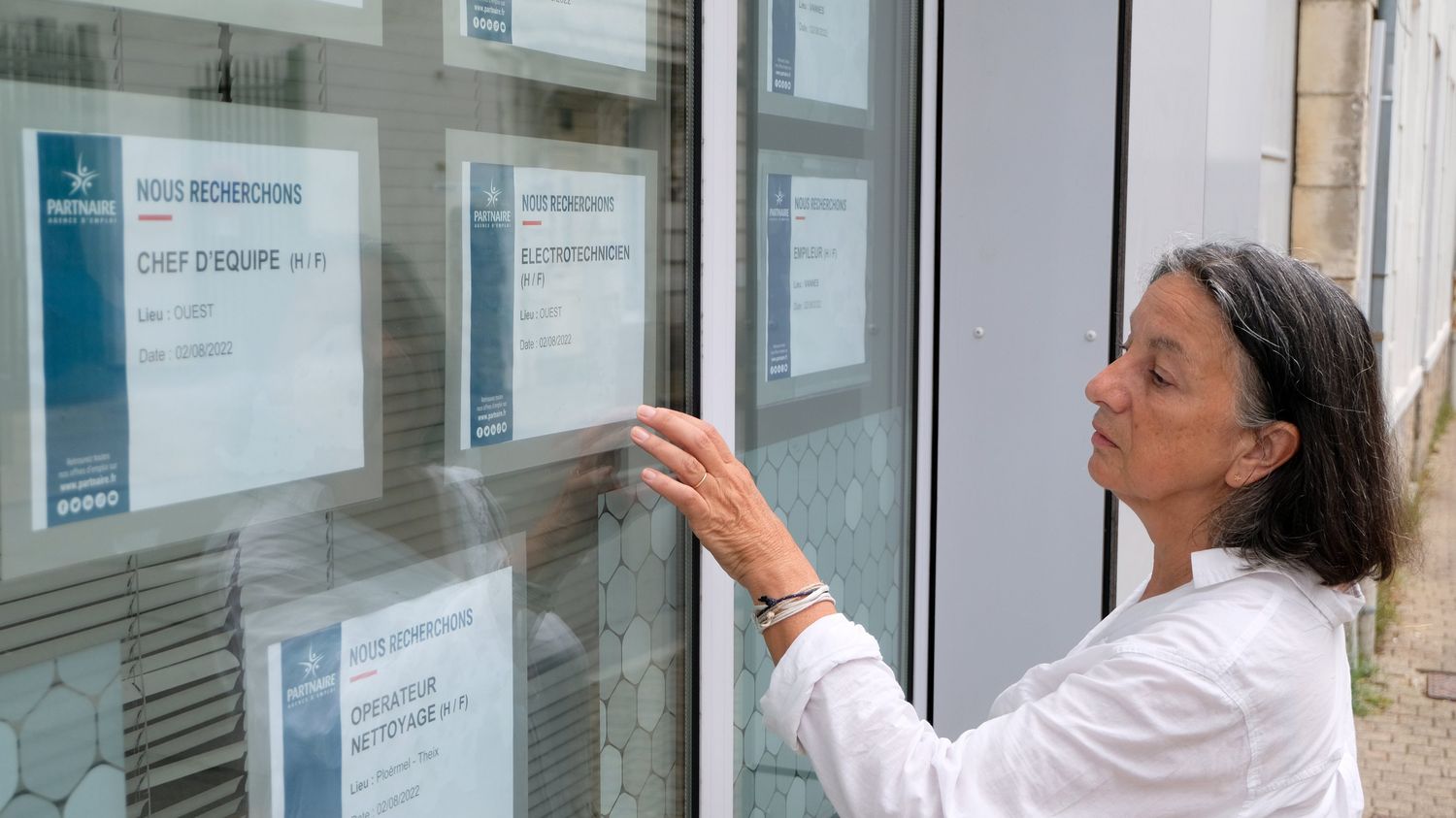The temporary employment sector has seen its activity decline since the beginning of the year. Clearly, the upturn seen last year is over. For now, the decline is limited but the trend is likely to settle over time.
Posted
Update
Reading time : 2 min.

According to Prism’Emploi, the Federation of temporary work companies, temporary employment represented 740,000 full-time equivalent positions (FTE) over the first four months of 2023. This is a drop of nearly 3% compared to the same period last year. This makes some 20,000 fewer full-time equivalent positions over one year. And according to the organization, this downward trend should be confirmed with the figures expected for May and June.
>> “A CDI? No thank you!” In times of full employment, temporary work becomes synonymous with freedom
Temporary employment is often considered as a compass of the job market. Does this mean that economic activity is slowing down? In reality, everything revolves around the uncertainties linked to the evolution of growth. 2022 had marked a recovery and this year the players are more than cautious: they talk about “challenges” which arise for the next few months. And all sectors are concerned. Only industry has seen a slight increase in temporary work since January. All other activities are down.
There are several explanations for this. Economic conditions first: with inflation, the sectors most affected are those directly linked to household consumption, including trade where temporary work has fallen by 9%. And then structural – and this is a great paradox at a time of reindustrialisation that our political and economic leaders invoke with a vengeance: there is a training deficit.
Our job market can’t keep up
France is experiencing a skills crisis. Today, we are experiencing the mistakes of the past thirty years, even as activity is picking up again. Companies are looking to recruit and cannot find qualified people. The unemployment rate is already at a very low level around 7% in France (this last score dates back to 2008). We could do even better, but that stalls at a time when the economy is changing. Energy and digital transitions, strengthening of the nuclear sector, transition from thermal cars to electric cars, etc. All these professions require new skills that are slow to arrive on the market.
Wages are also part of the panoply of solutions to attract new professions. But training is the central point. Lifelong training, this is called continuous training to adapt employees to new needs, and which puts our elders at the heart of the system. The tile between young and old refers to the debate on the employment of seniors. Intergenerational solidarity in which temporary work also has a role to play.
